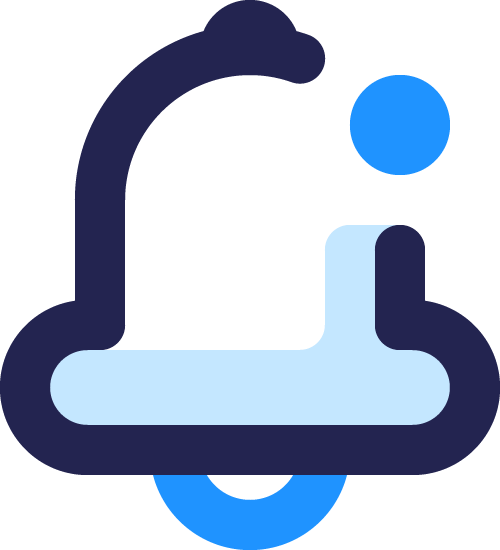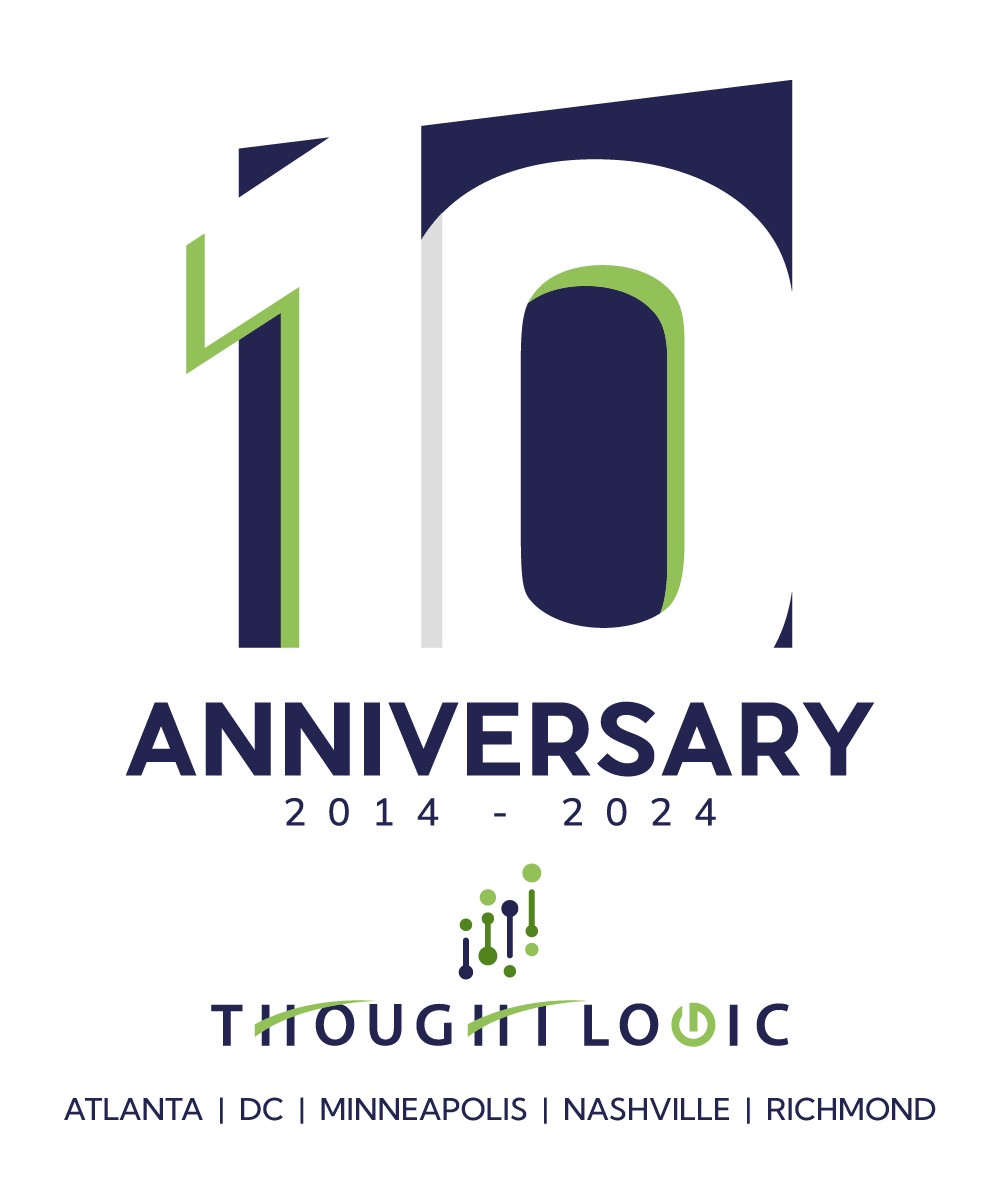Implementing a CMDB: “If You Build It (well), They Will Come”
An Executive’s Guide to a Successful ServiceNow CMDB Implementation
A Configuration Management Database (typically referenced by its acronym, CMDB) is, in layman’s terms, a dynamically captured (and thus always up-to-date) interconnected IT landscape architecture reference tool that includes relevant configuration data for each component. In its fully mature and integrated state, a CMDB is one of the more lofty and challenging initiatives a Technology Department and its CIO can undertake. However, it’s also one of the most organizationally impactful.
This article will touch on project demands, how to navigate some of the most common pitfalls, and partition off the primary deployment efforts into four logical steps. The goal is to illuminate the elusive by shedding additional light on the multifaceted nature and sheer scale necessary to achieve a mature, steady-state CMDB.
Strong resources, both internally and on the project team, that span a dynamic range of skills are perhaps the most important ingredient for success. Below are some of the critical functions your team will need:
- Working knowledge of a large portion of the ServiceNow platform’s modules or capabilities
- Deep expertise in the ServiceNow IT Operations & Asset Management space (ITOM/ITAM)
- The ability to interface at the Director/VP level to communicate vision, build trust, & garner support
- The ability to communicate with and motivate your most technical (internal and/or service vendor) resources
- Effective knowledge transfer and training for a wide array of resources responsible for different factions of run support to maintain the CMDB
Effective communication and organizational change is needed across the IT Department so everyone understands the vision and value of the CMDB. If this isn’t done well the department will not be ready to support the build-out, utilize the tool, or be vested in its ongoing maintenance. Do not be tempted to skimp on the communication and organizational change aspects of the project. Wasted time is wasted money when managers shirk responsibility and technical teams push back unnecessarily or don’t make time. These are more common occurrences than most would like to admit.
Next, a CMDB is a living-breathing thing that begins to decay as soon as it’s not cared for. Ideally, as much of the configuration data as possible is dynamically sourced and its reconciliation automated. Propping up a CMDB with static and manually-managed data may feel like a shortcut, but in the long run the level of effort to maintain it is much greater, and stale data almost always occurs, ultimately leading to mistrust and abandonment. Data maintained with ServiceNow as its system-of-record should have tight governance. Beyond the data itself, enterprise technology and its support infrastructure are constantly changing (especially with the trends to cloud and edge computing). Thus, even in its final state of maturity, a percentage of CMDB support will always be development change work -and those skills need to be always within reach.
It’s tricky to balance garnering and maintaining support from: technical resources, application support teams, business engagement directors, functional & technical business application owners, the day-to-day ServiceNow support team, and the right mix of ServiceNow developers. But trust in the CDMB is paramount to adoption – so be vigilant in the pursuit of both data completeness and correctness!
Before you kick off the CMDB project, make sure the pieces below are in place:
- A stable ServiceNow (or competing platform) with solid adoption of Request, Incident, & ideally Change Management functions,
- The right executive sponsorship, and
- An approved budget for the project work & eventual Configuration Manager/Specialist roles
The path to a mature Configuration Management Database will look different for every organization based on both readiness and priorities. The order below, while logical, is both flexible and, with enough bandwidth, many efforts can be done in parallel as well.
1) Integrate with Existing Configuration & Asset Data Sources
Following the ITIL guiding principle of ‘start where you are,’ build integrations with all known sources of asset and configuration data. Collating a federated and reconciled set of dynamic sources will create the check-and-balance needed to ensure CMDB completeness. This doesn’t have to be done first, but the approach does allow an organization to get their feet wet and begin to educate and garner adoption and business-wide support before incurring additional costs. Below is a list of some of the logical classes to import through third-party integrations:
- IP Networks, ideally via dynamic IP Address Management (IPAM) integration
- This one is important for Discovery later
- Public Trusted Digital Security Certificates via provider integrations
- Build expiry notifications (to reduce risk of security breaches)
- Discover private certificates later
- End Point Management
- End-User Devices, sometimes Enterprise Servers as well
- Consolidate to make easy work of audit and compliance requests
- Asset/Procurement of Hardware CI’s
- Important to know you’re discovering all purchased CIs
- Can later refine Hardware Asset Mgmt (HAM) data with Procurement
- Enterprise Hardware Event/Network Monitoring Software
- Great source to confirm known devices and basic config details
- Additional Event Management data can be used later
- Cloud Hosting (e.g., AWS, VMware)
- Will bolster existing CI config details and expose any gaps
2) Deploy ServiceNow ‘Horizontal’ Discovery
This is where the magic starts to happen. All the CI Classes associated with physical servers will be discovered (from NICs to Network Storage Arrays) and Dependency Maps will begin to illuminate the technical interconnectivity. Running software models and versions also begin to build usage insights that can be leveraged with Software Asset Management (SAM). This is typically done via a low-impact agentless discovery using what amounts to read-only/read-all credential access. Note: Vertical and agent-based discovery are also options for consideration.
- Servers (and their related CI’s)
- Leverage IPAM data
- Deploy appropriate Windows & Linux SSH credentials
- Keep tight coordination with impacted/targeted business functions through discovery and scheduling
- Network Gear
- Routers, Switches, Firewalls, etc (via SNMP)
- Self-Signed (Corporate & Individual) Digital Security Certificates
- Import with notifications deactivated
- Can also track externally managed SaaS Certs
3) Build the Application Hierarchy using the Common Service Data Model (CSDM)
This is a set of manually created CI Classes that identify and logically organize Business Applications into overarching Business Capabilities.
- Tip: Capture entry point configuration details (email domains, website login pages, IP addresses/ports) where applicable, this data will be necessary to start service mapping below.
- This data is helpful when leveraging the SPM Application Portfolio Management module for Application Rationalization & Strategy as well.
Once a mature CMDB is in place it can be leveraged and referenced to empower great…
- IT Service Management (Requests & Incidents)
- Onboarding and Offboarding
- Change & Release Management
- Incident & Major Incident Management
- Problem Management
- Hardware & Software Asset Management
- Enterprise Service Management, and
- Application Portfolio Management
A successful CMDB deployment can drive savings of up to 40% in IT-related costs. Use ServiceNow’s Value Calculator to determine potential savings for your company.
For more information on what a CMDB is and its inherent value, check out these articles from CIO Magazine and TechTarget. Most of the ideas and approach contained above would also apply to the myriad of ServiceNow competitors in the space as well.
If you have more CMDB-related questions, want to talk more about how to kickoff a new CMDB implementation, get an existing project back on the rails, or build a maturity roadmap with the goal of eventual CMDB preparedness, give us call!

About Digital Enablement
Thought Logic’s Digital Enablement smartSolution provides full-circle capabilities that help keep organizations keep ahead of digital change.

Sign up to receive future Insights in your email box.
Never miss an update.









